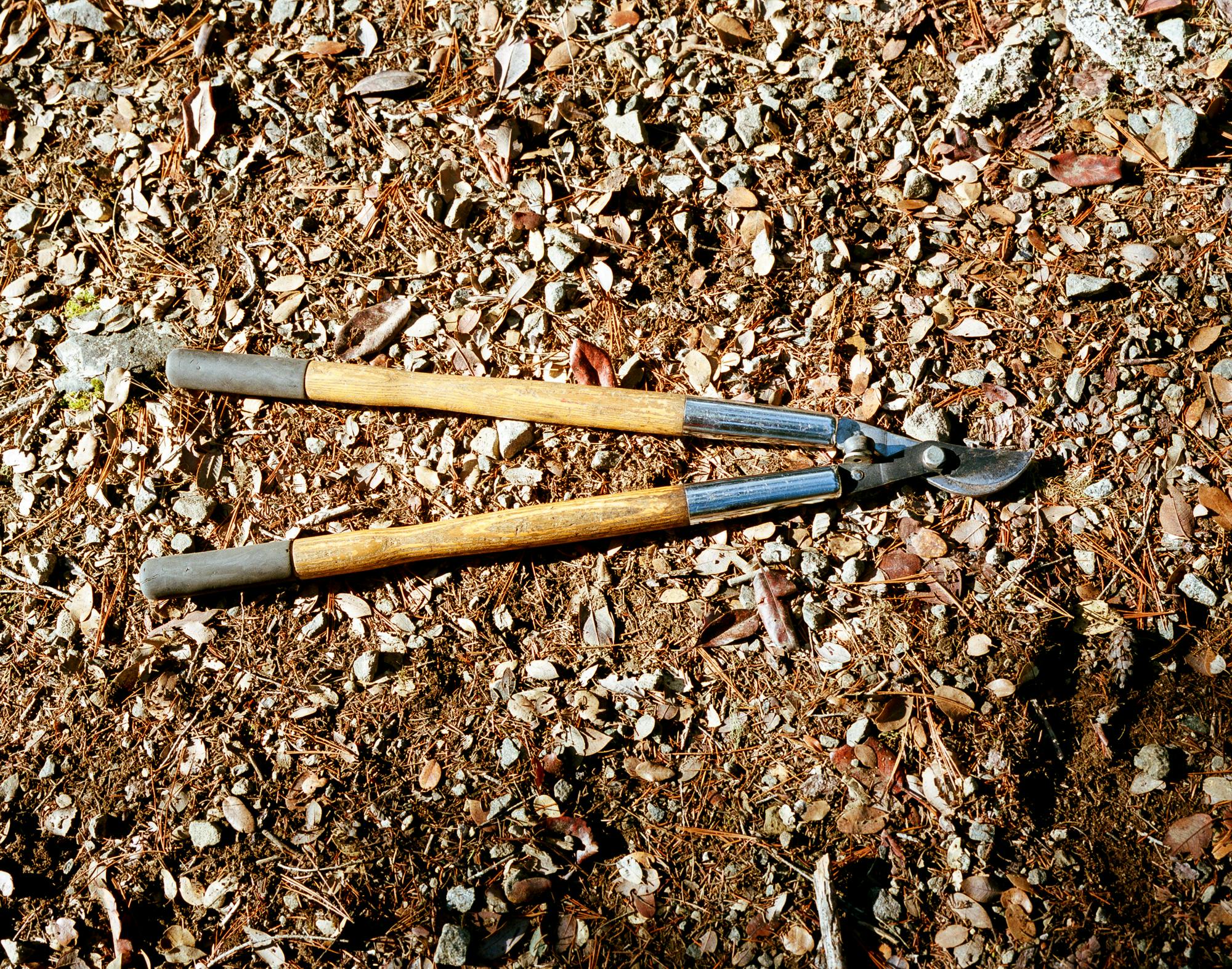
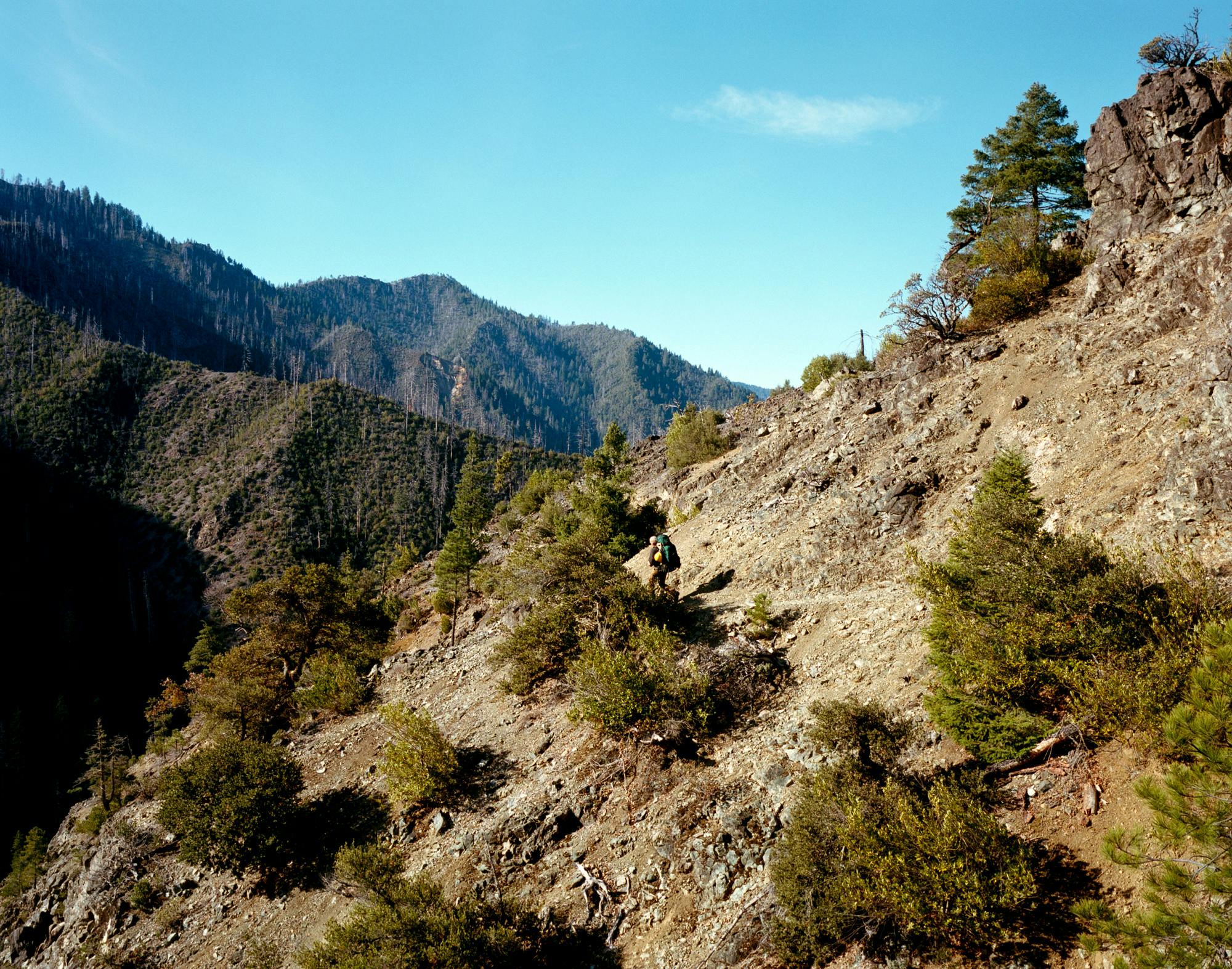
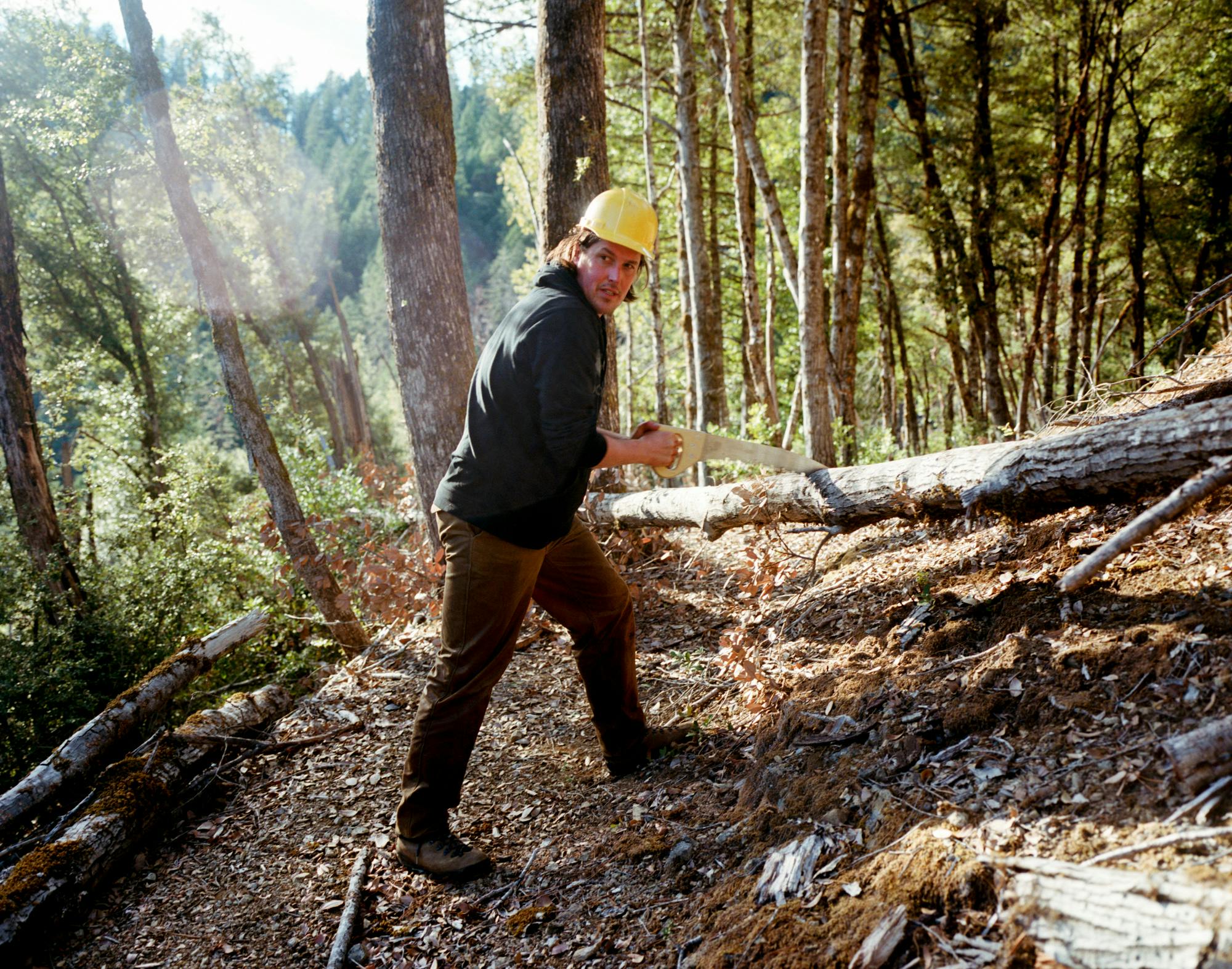

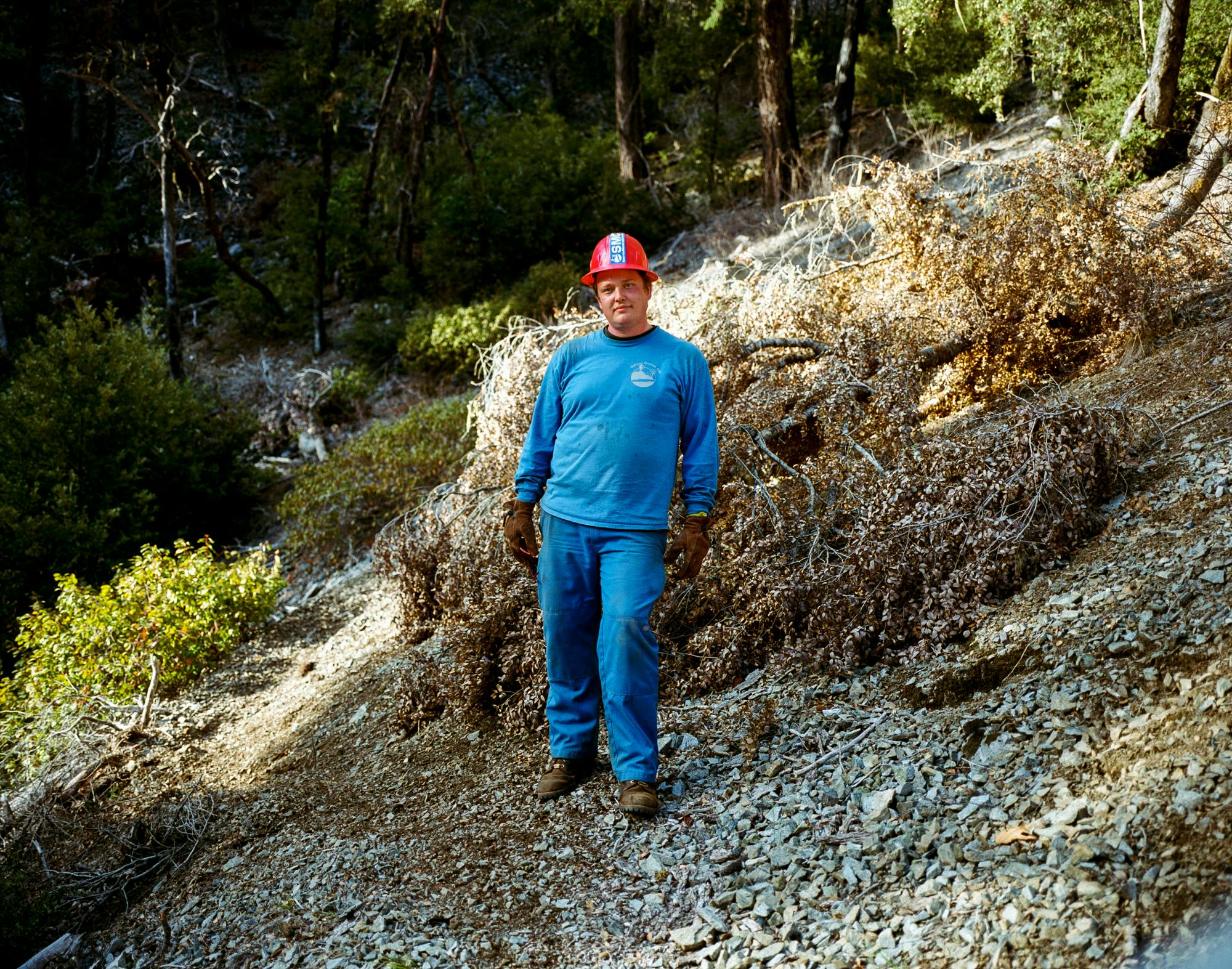





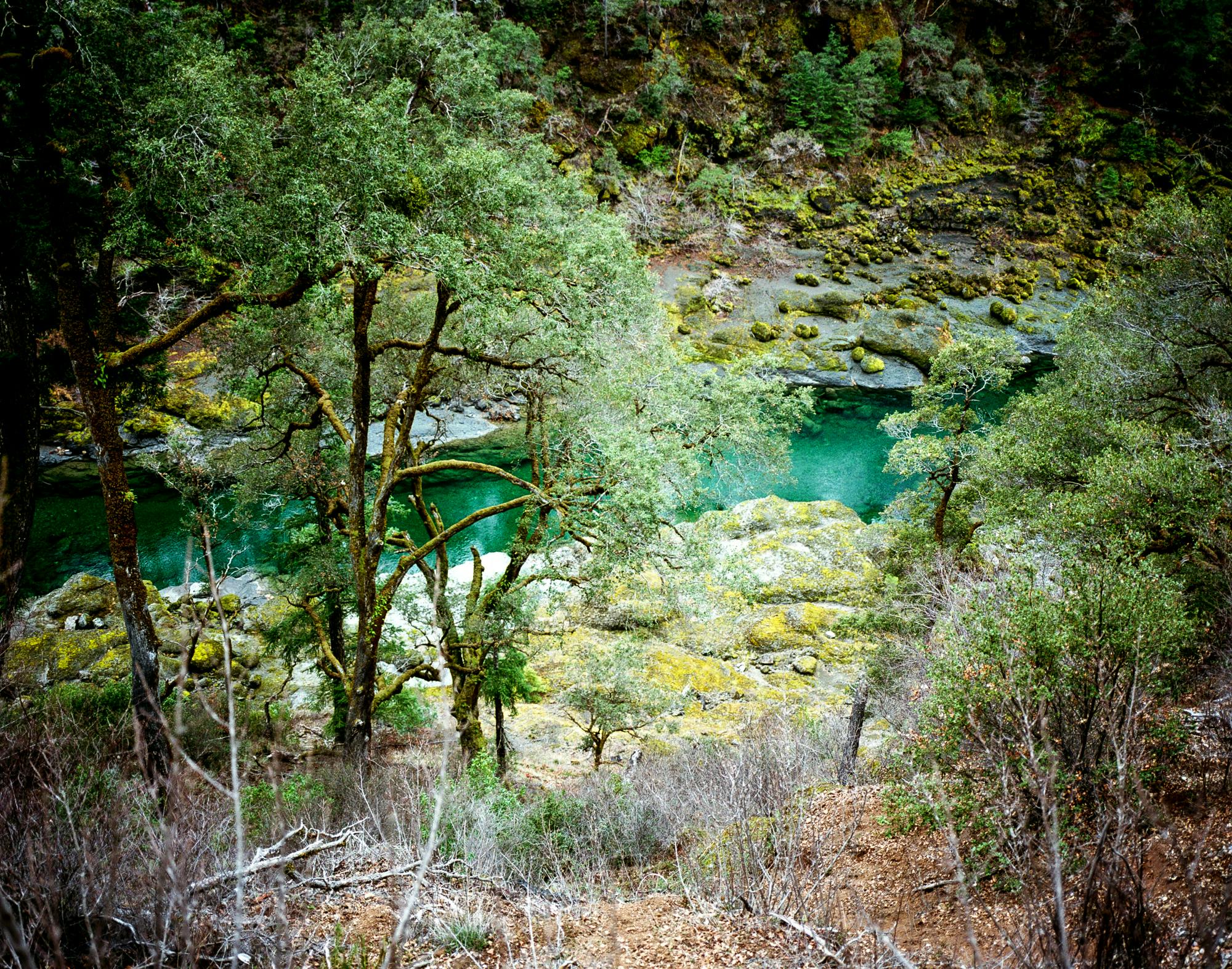
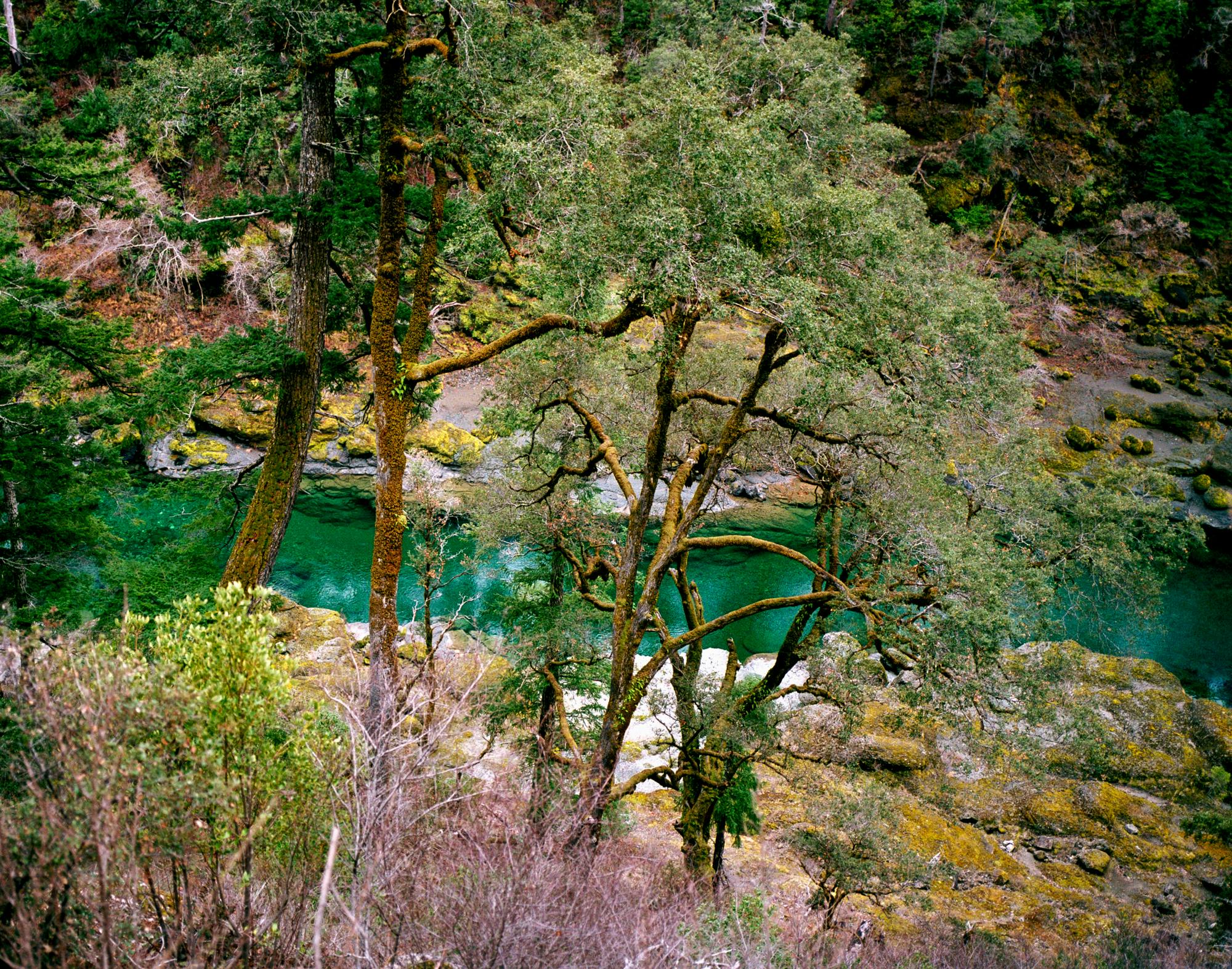


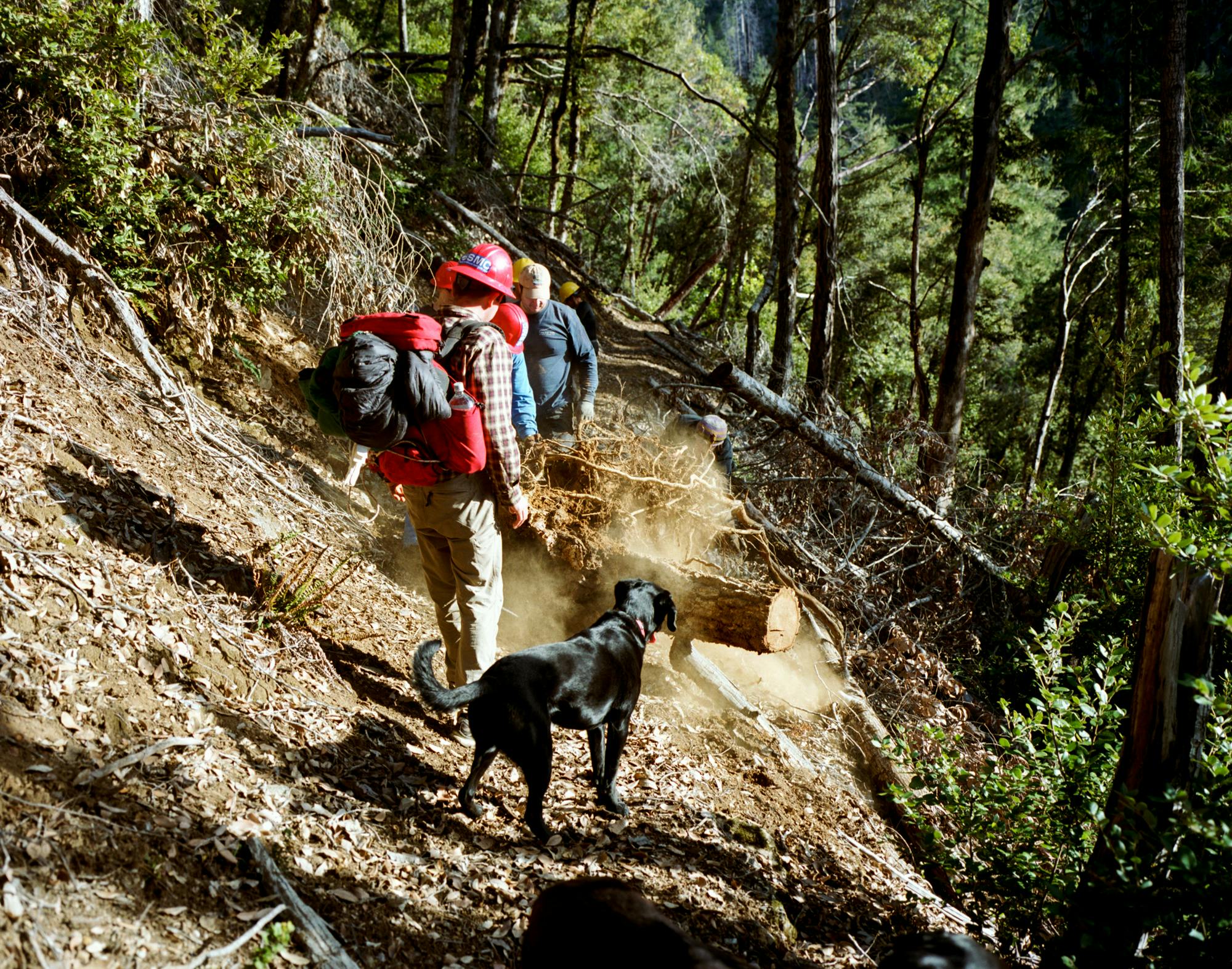

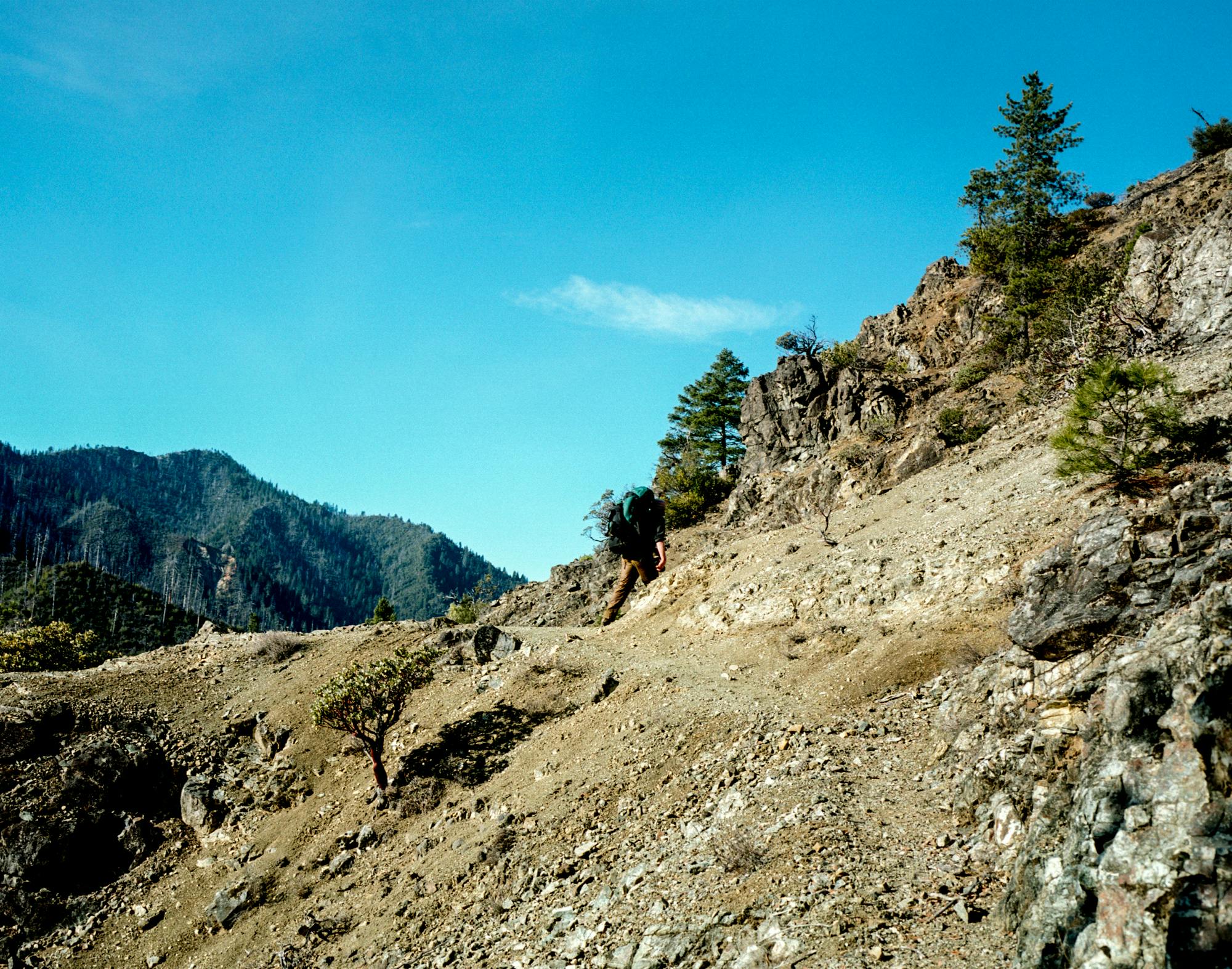

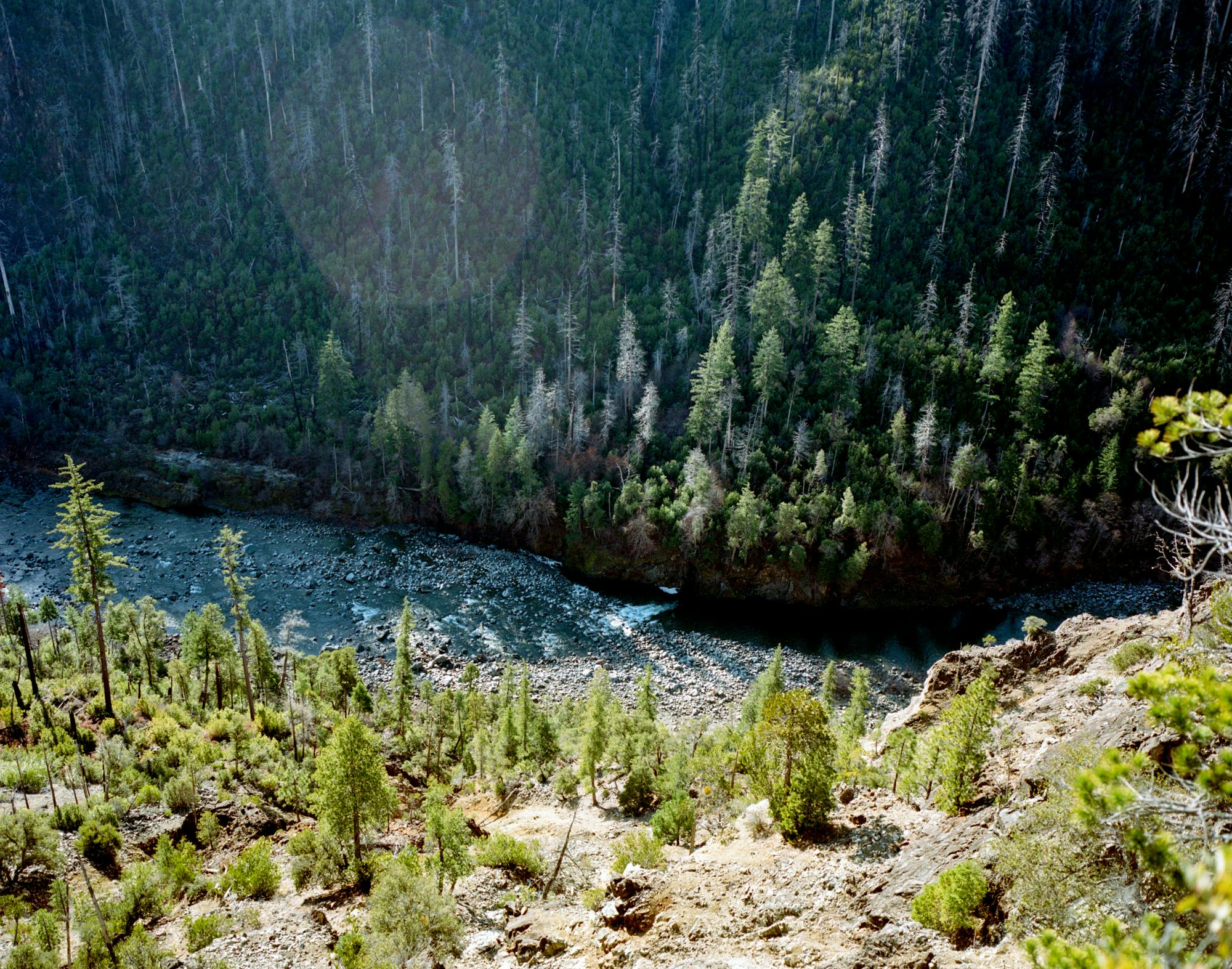
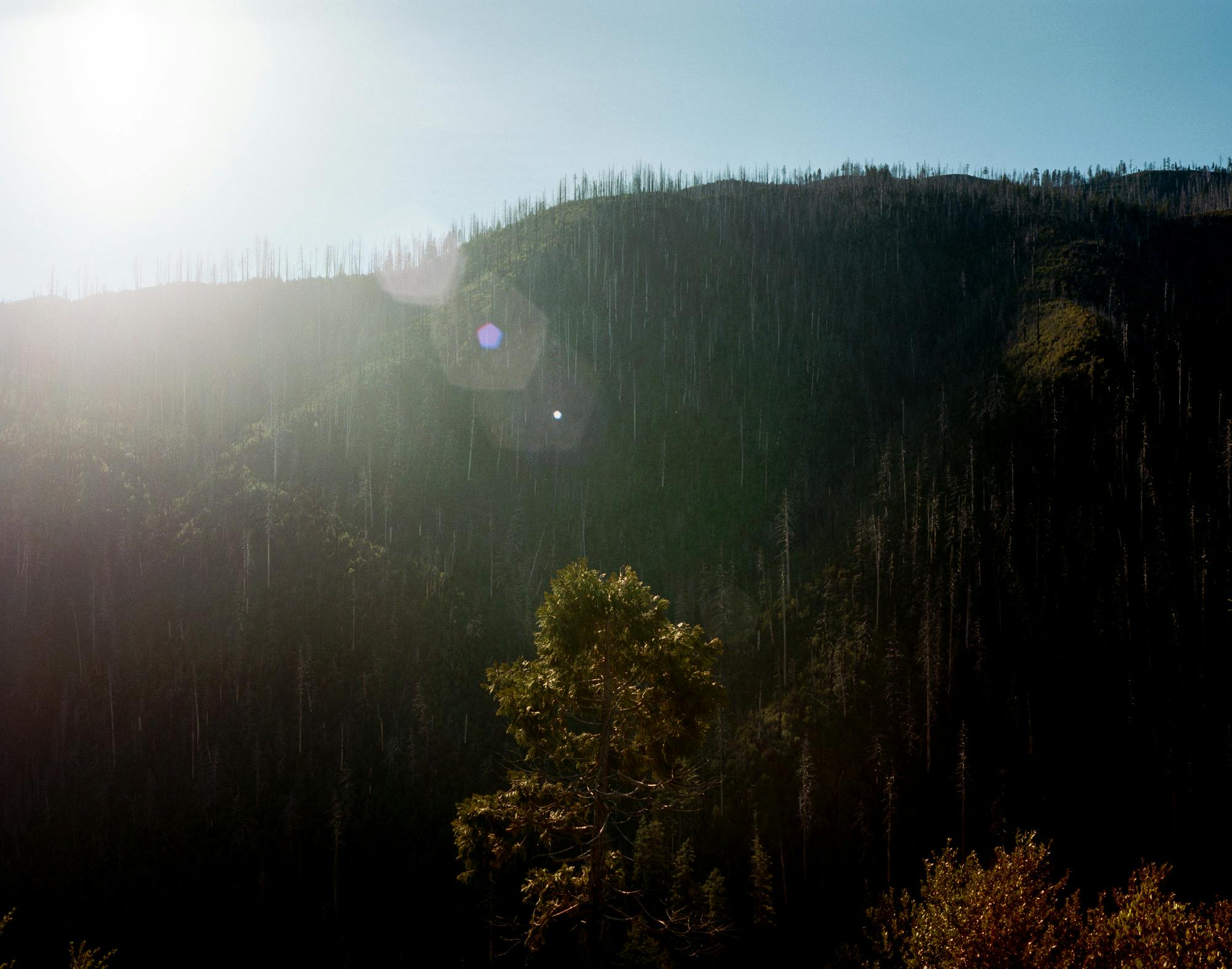
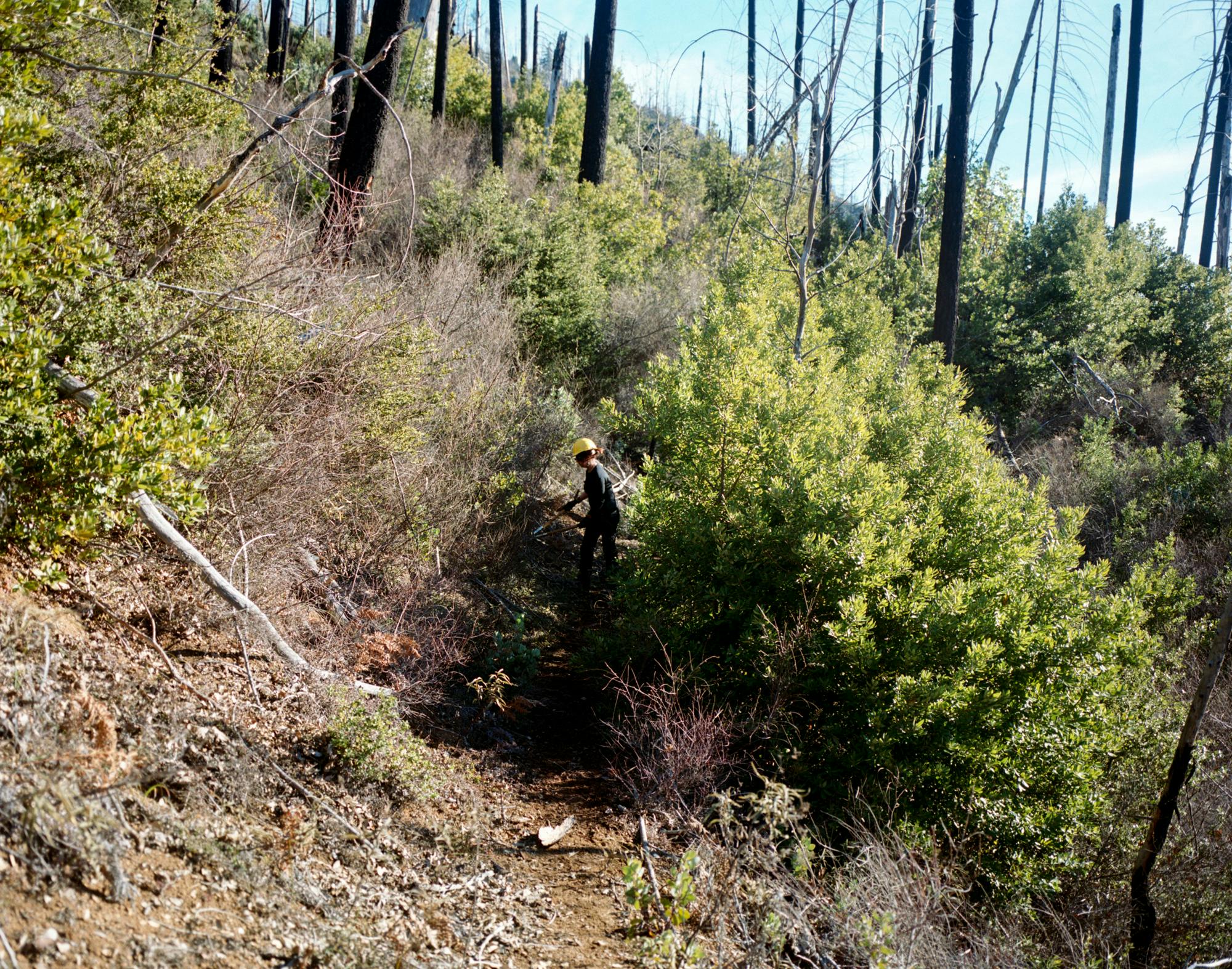
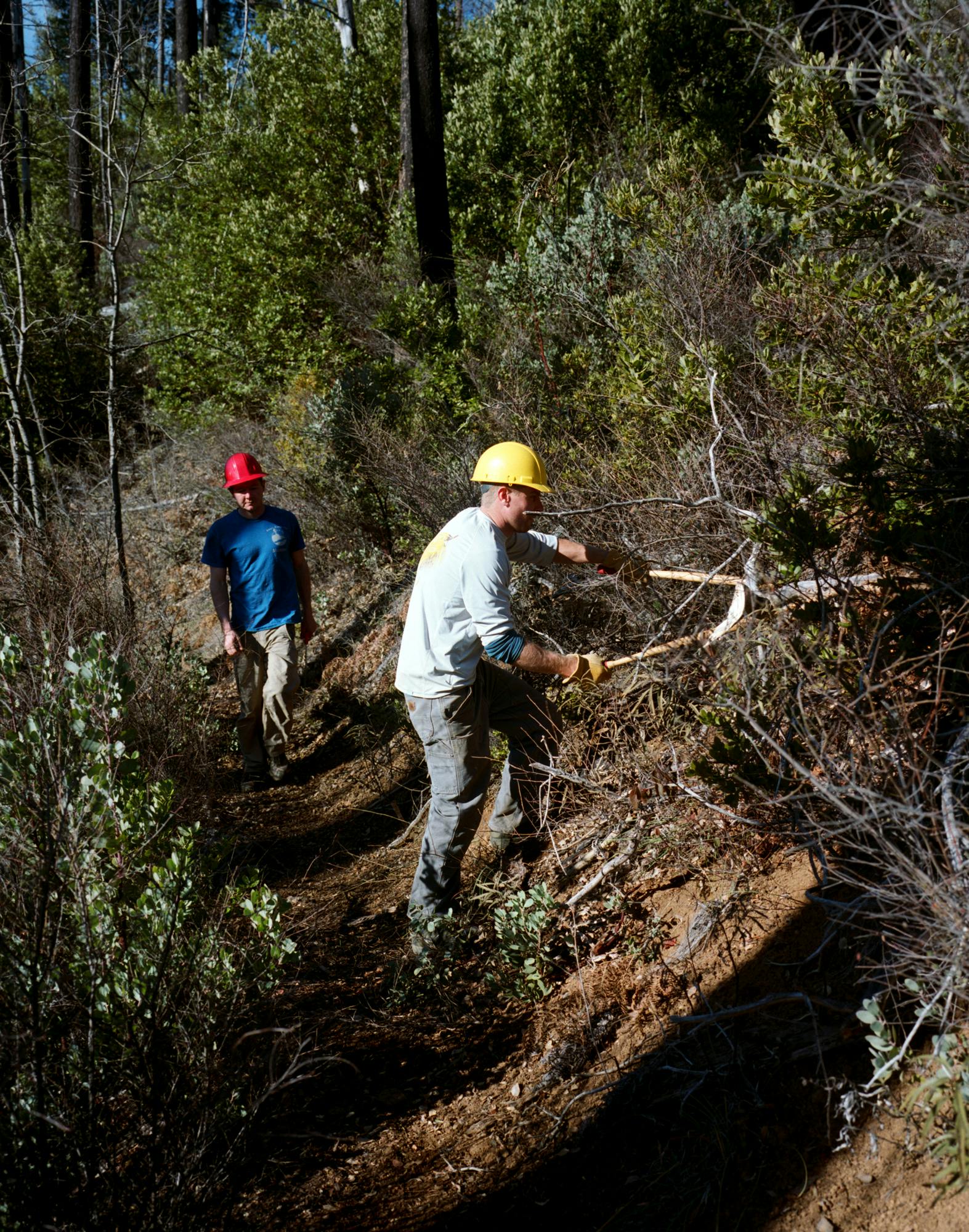
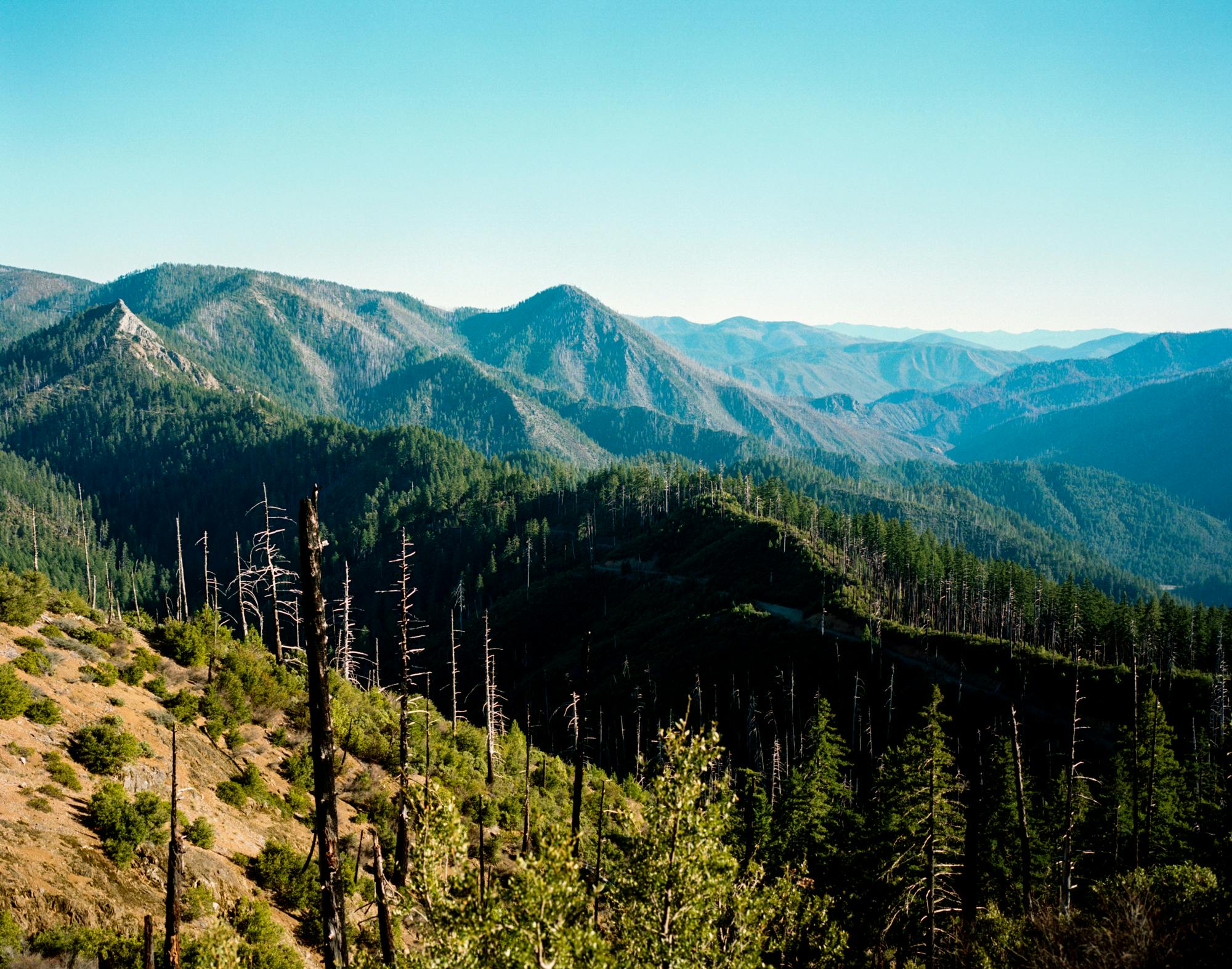
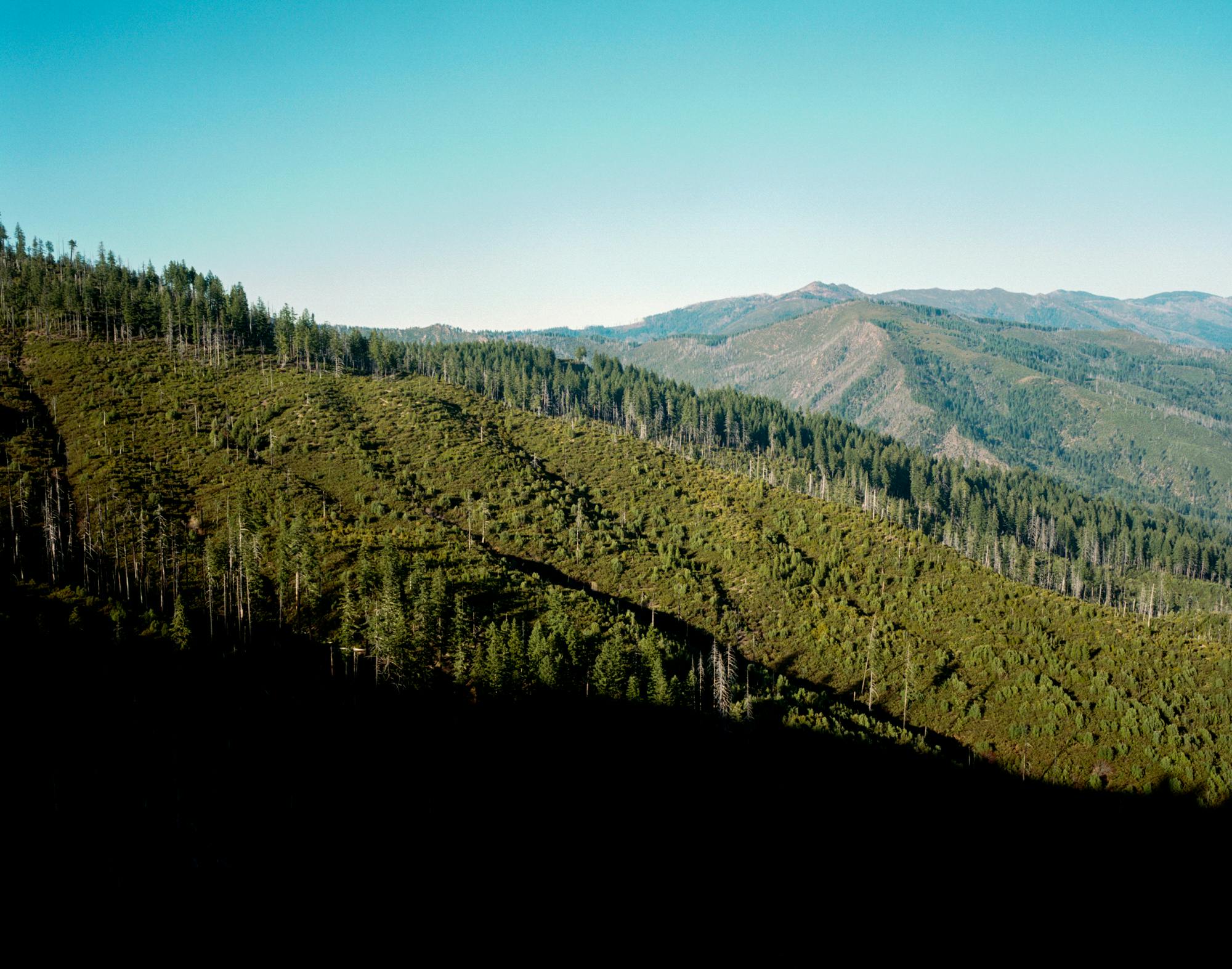




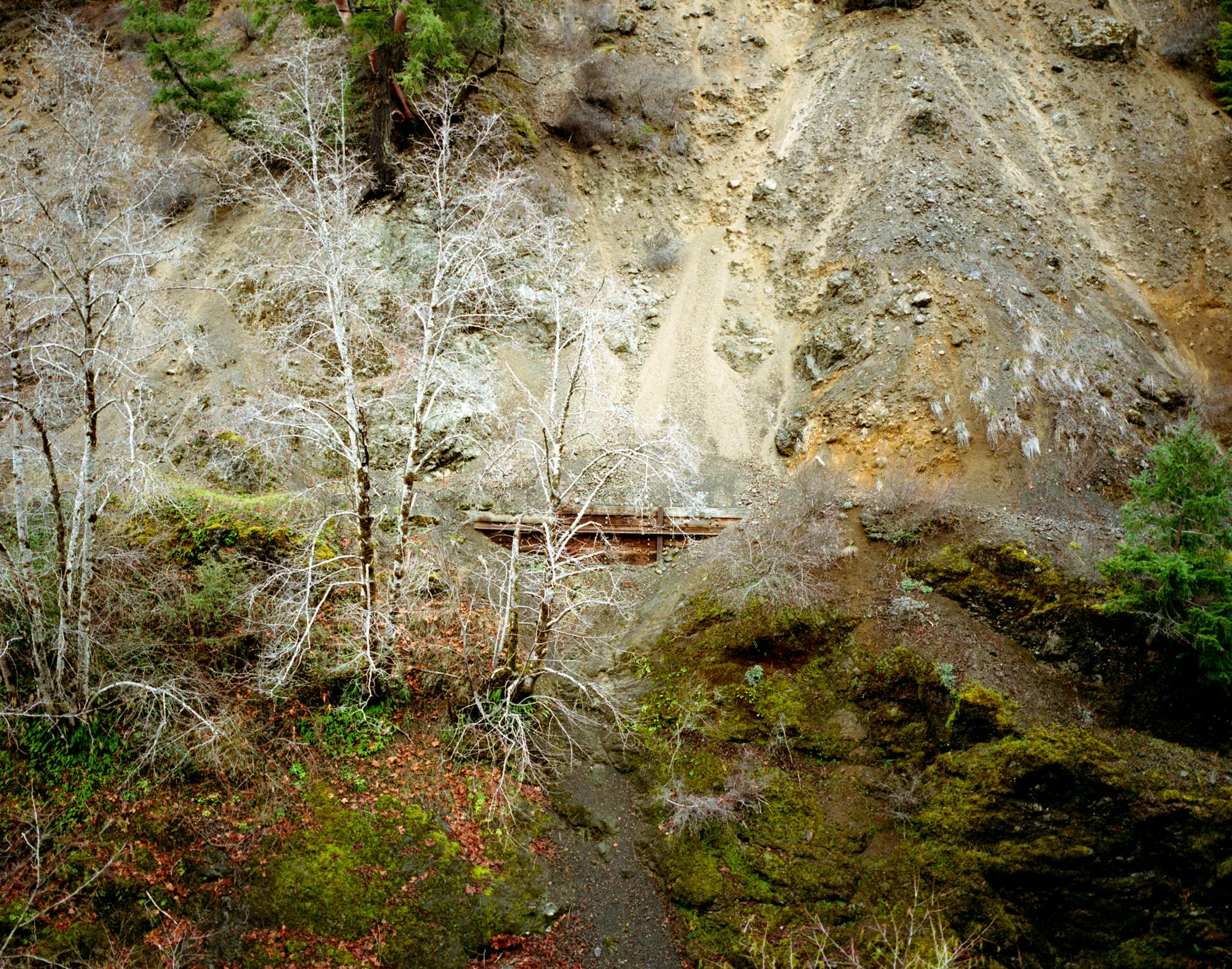
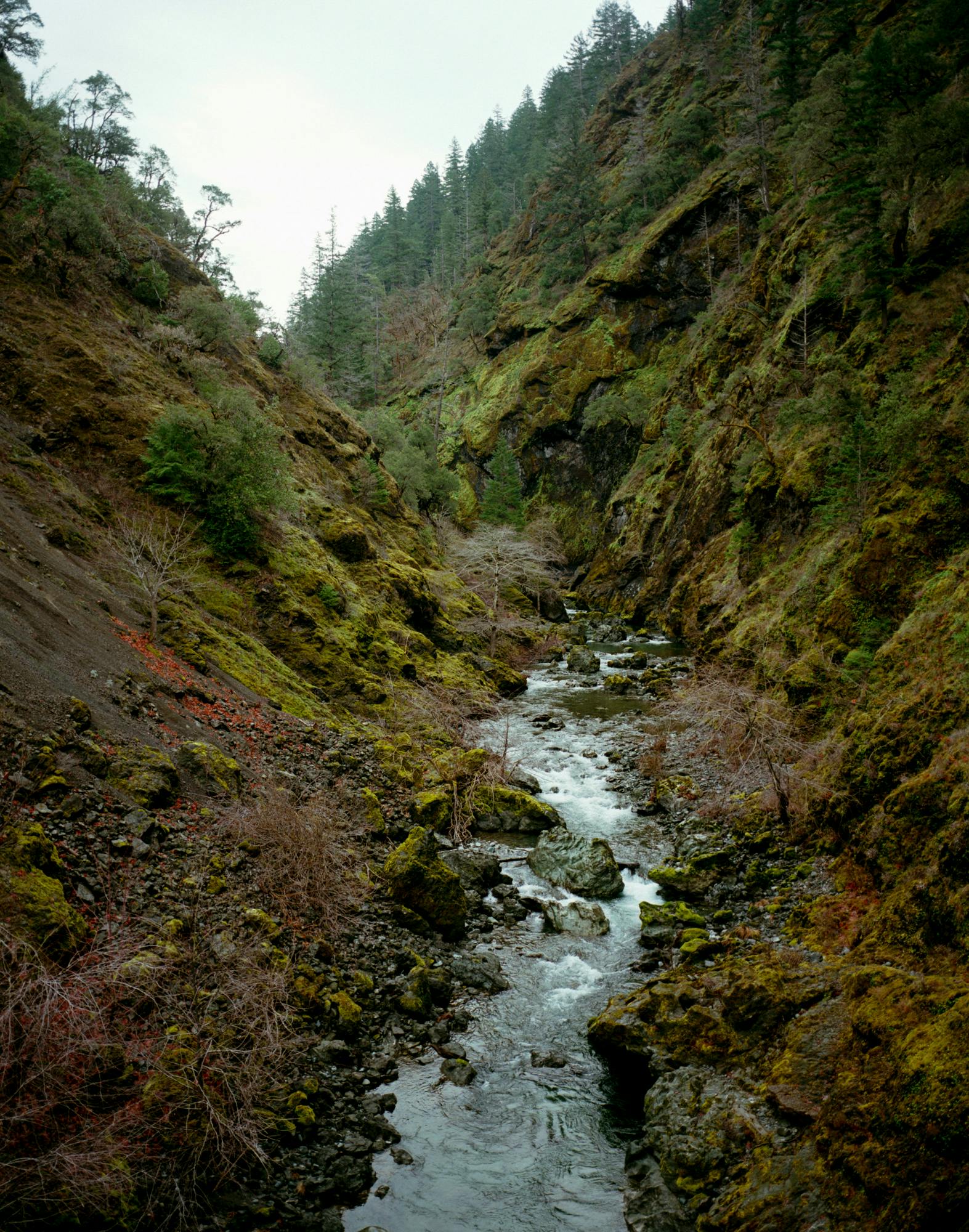
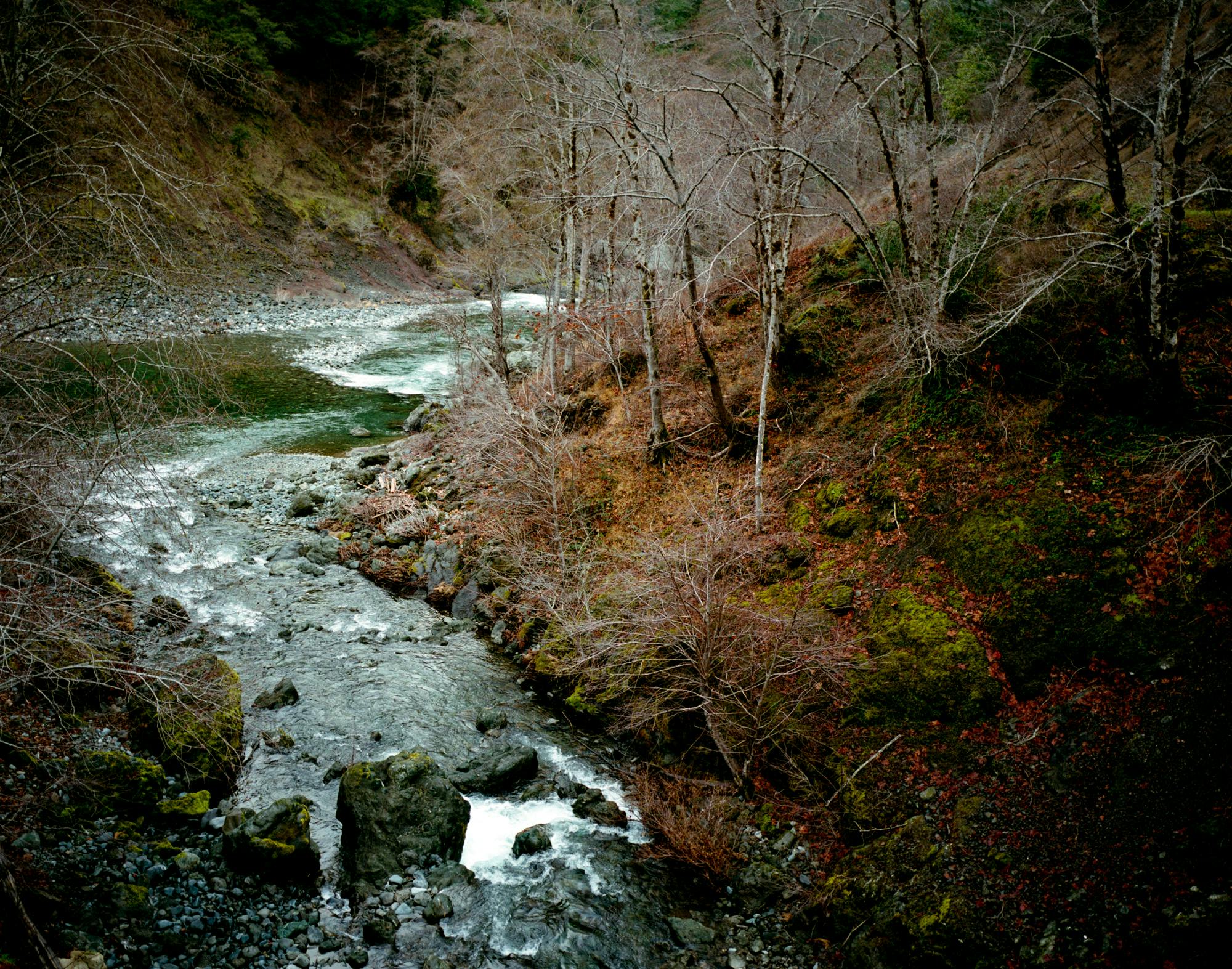


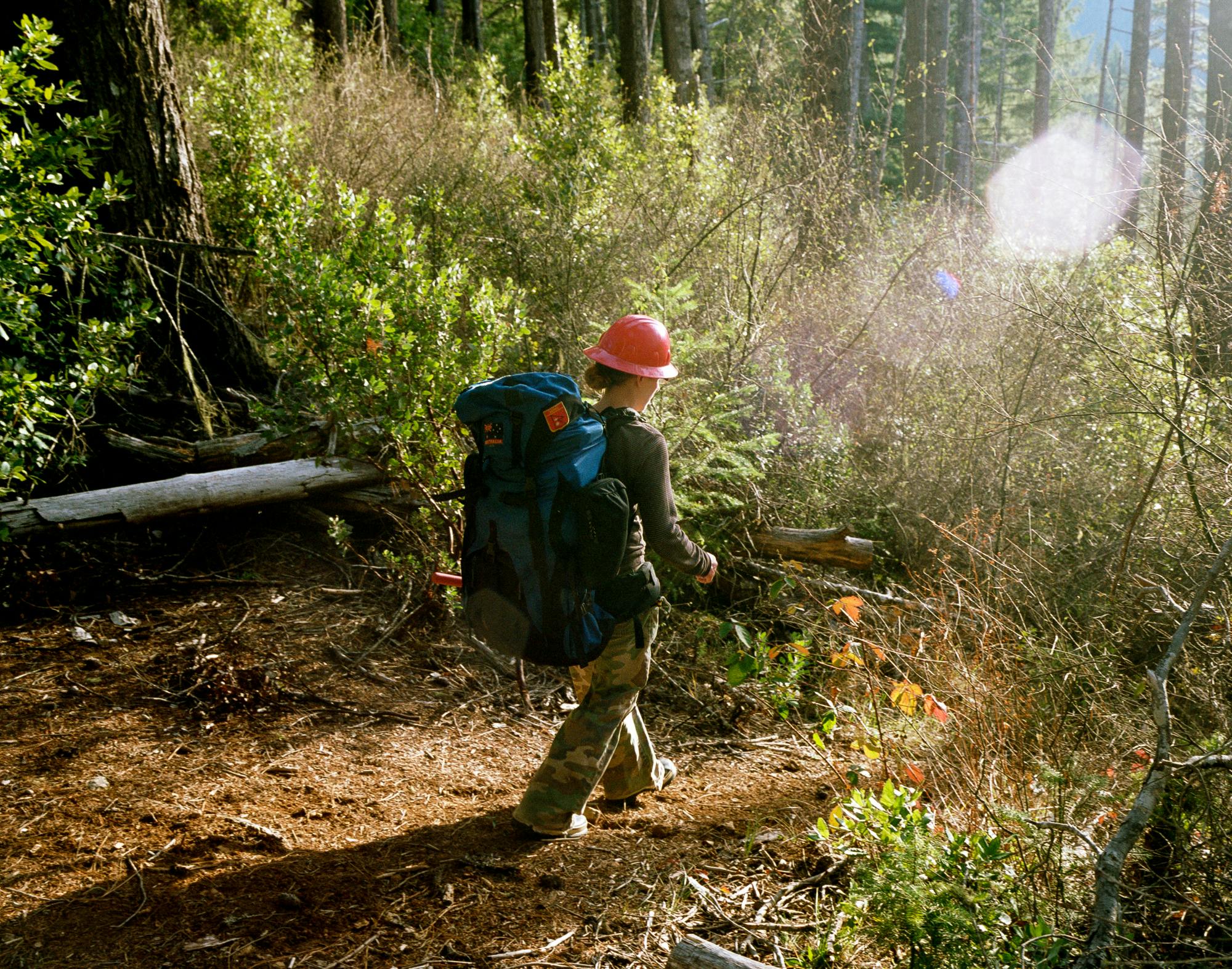
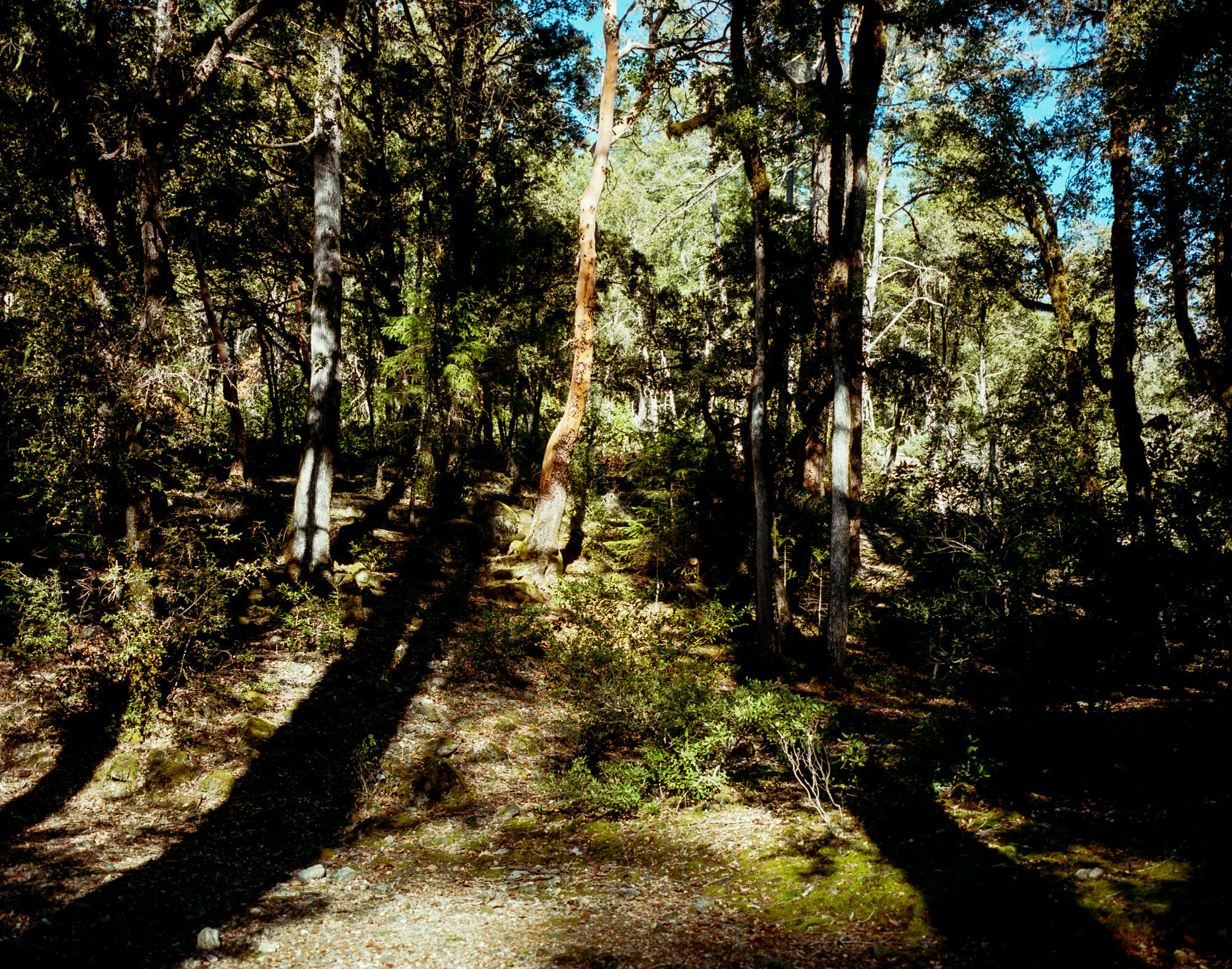
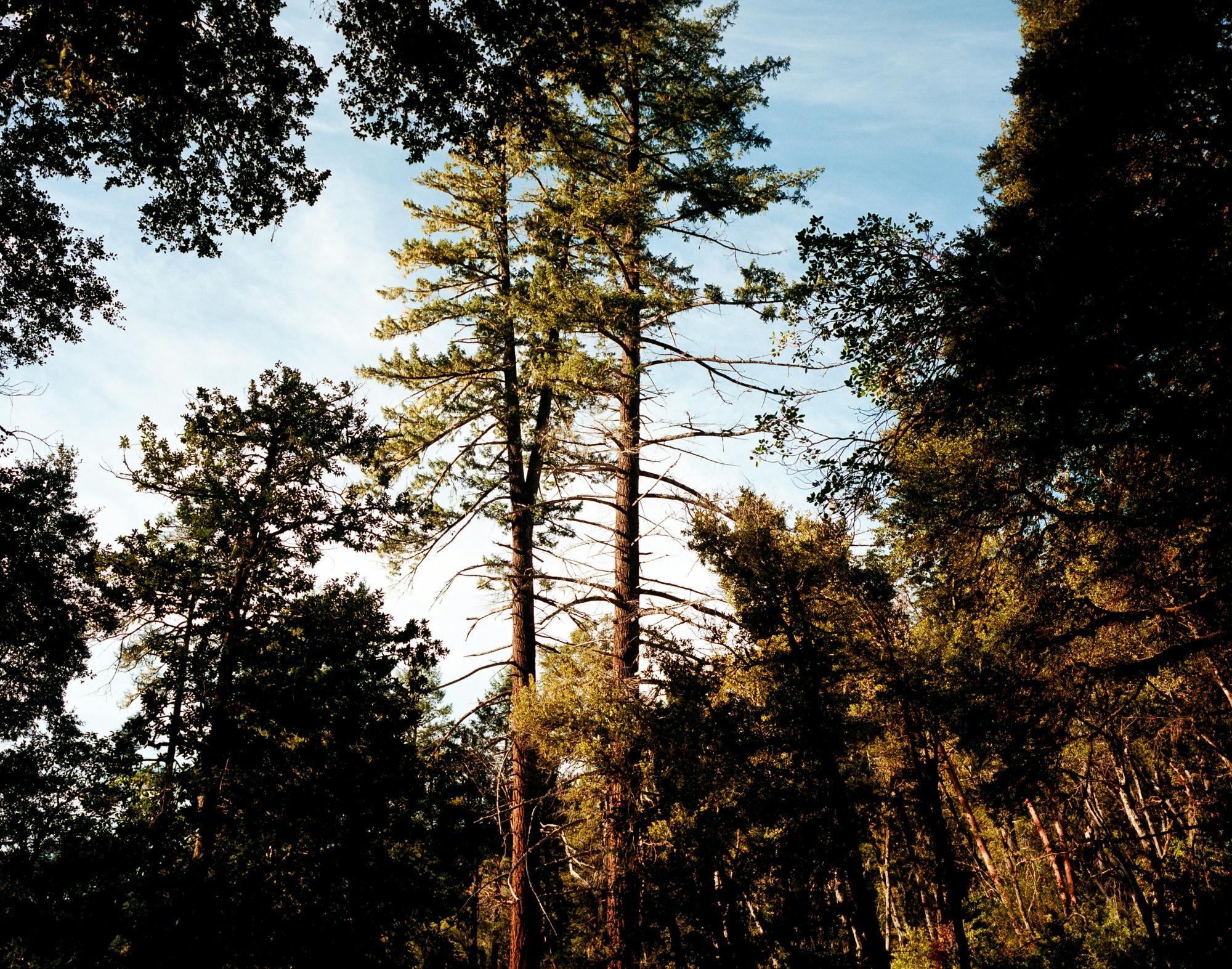


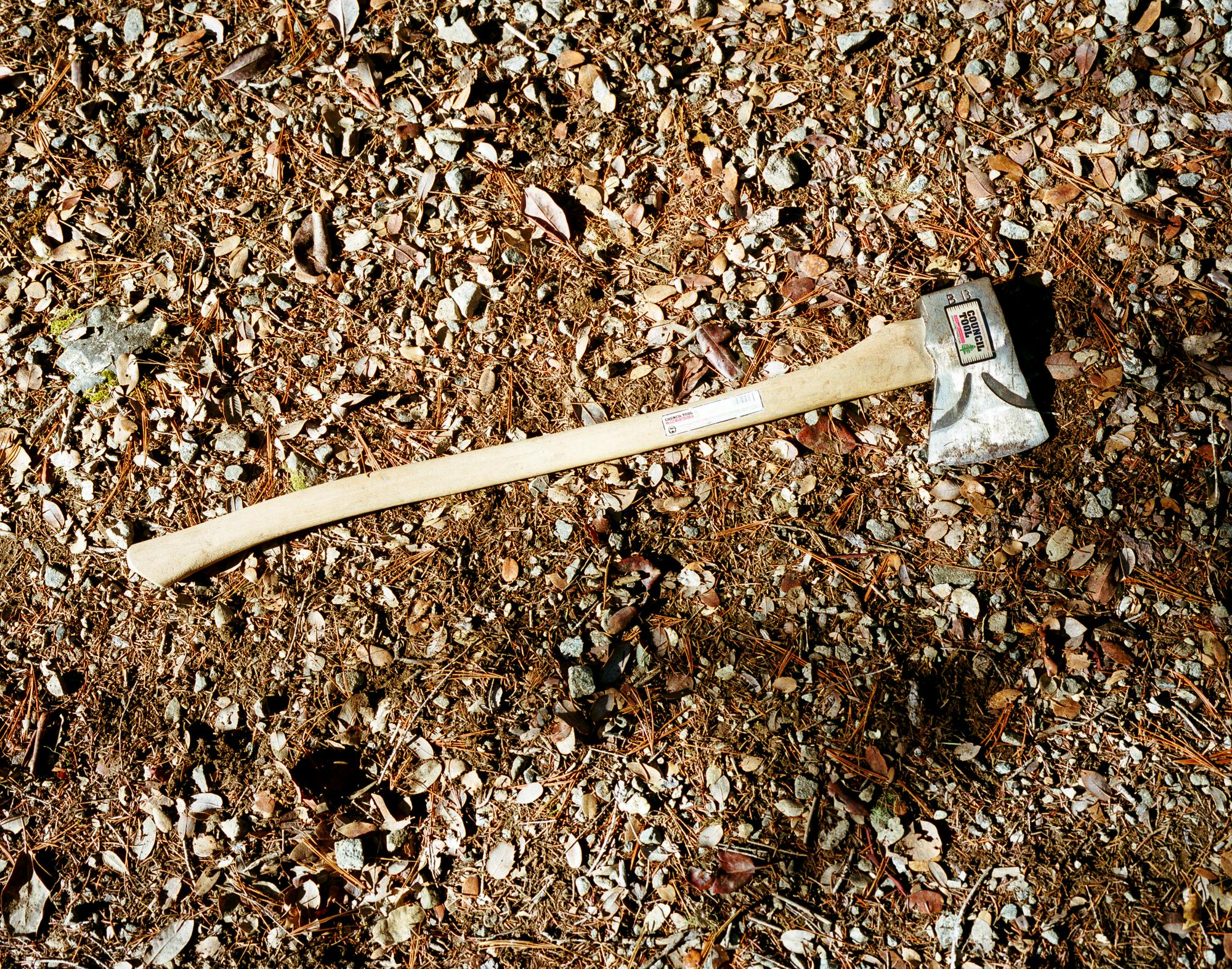
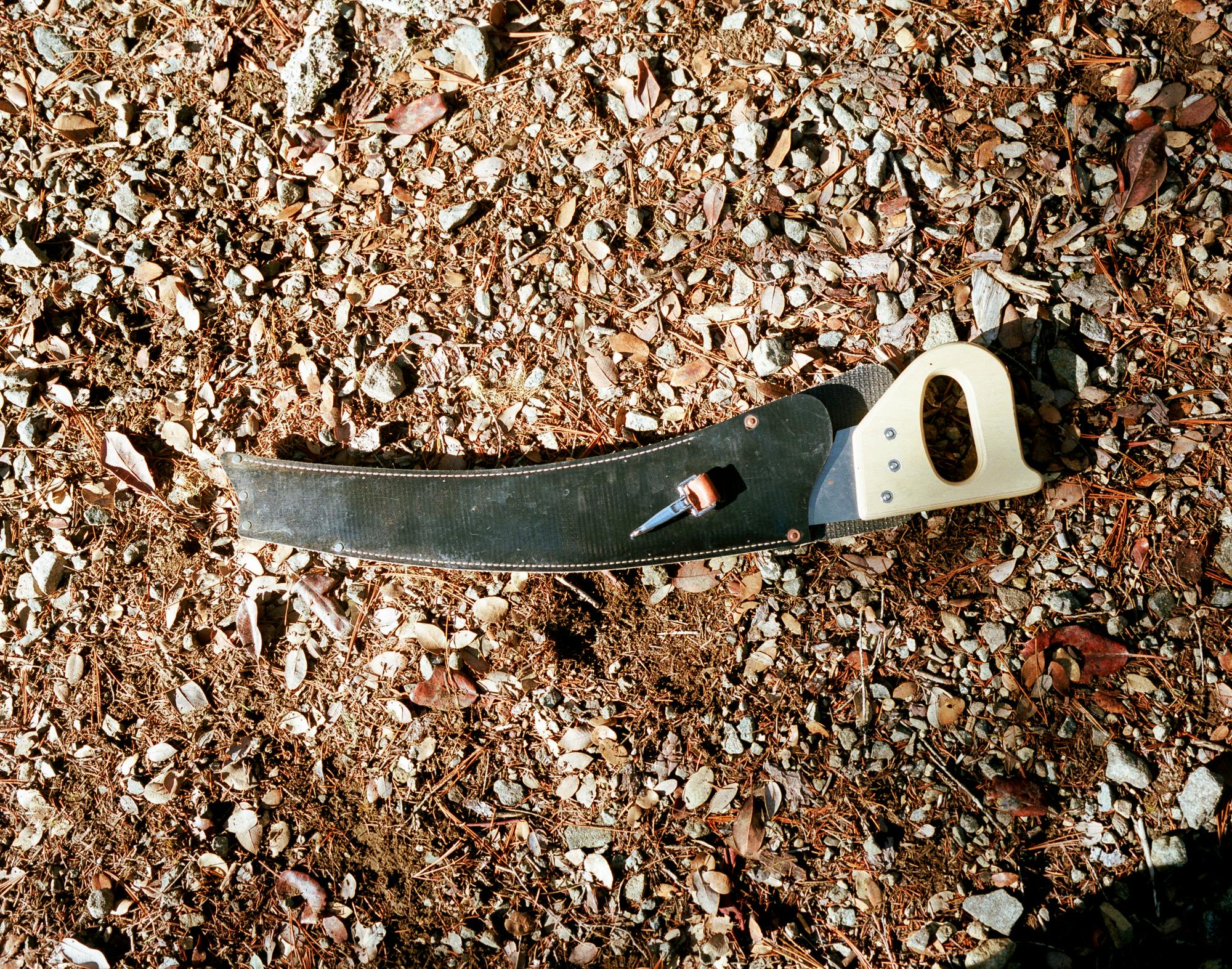

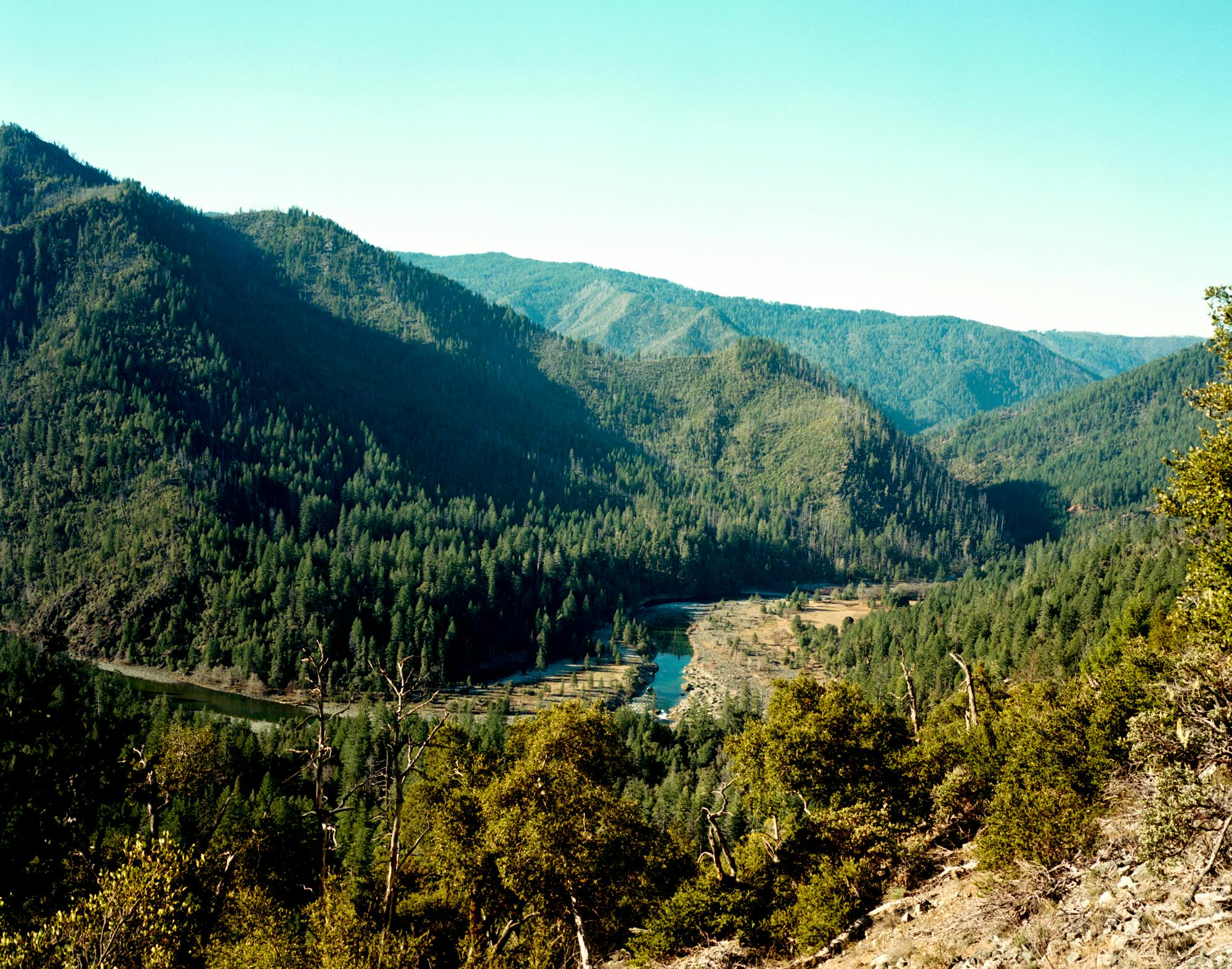
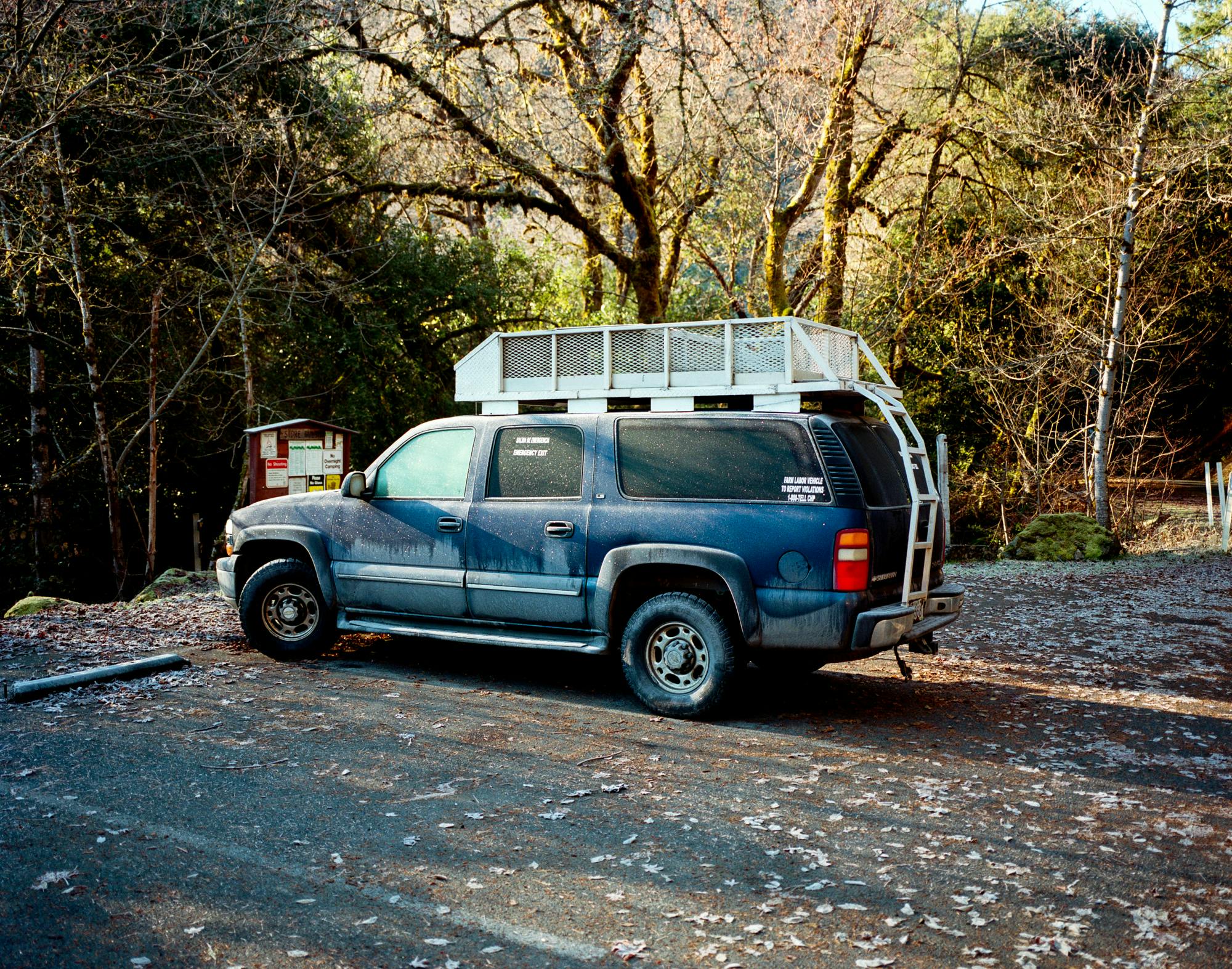


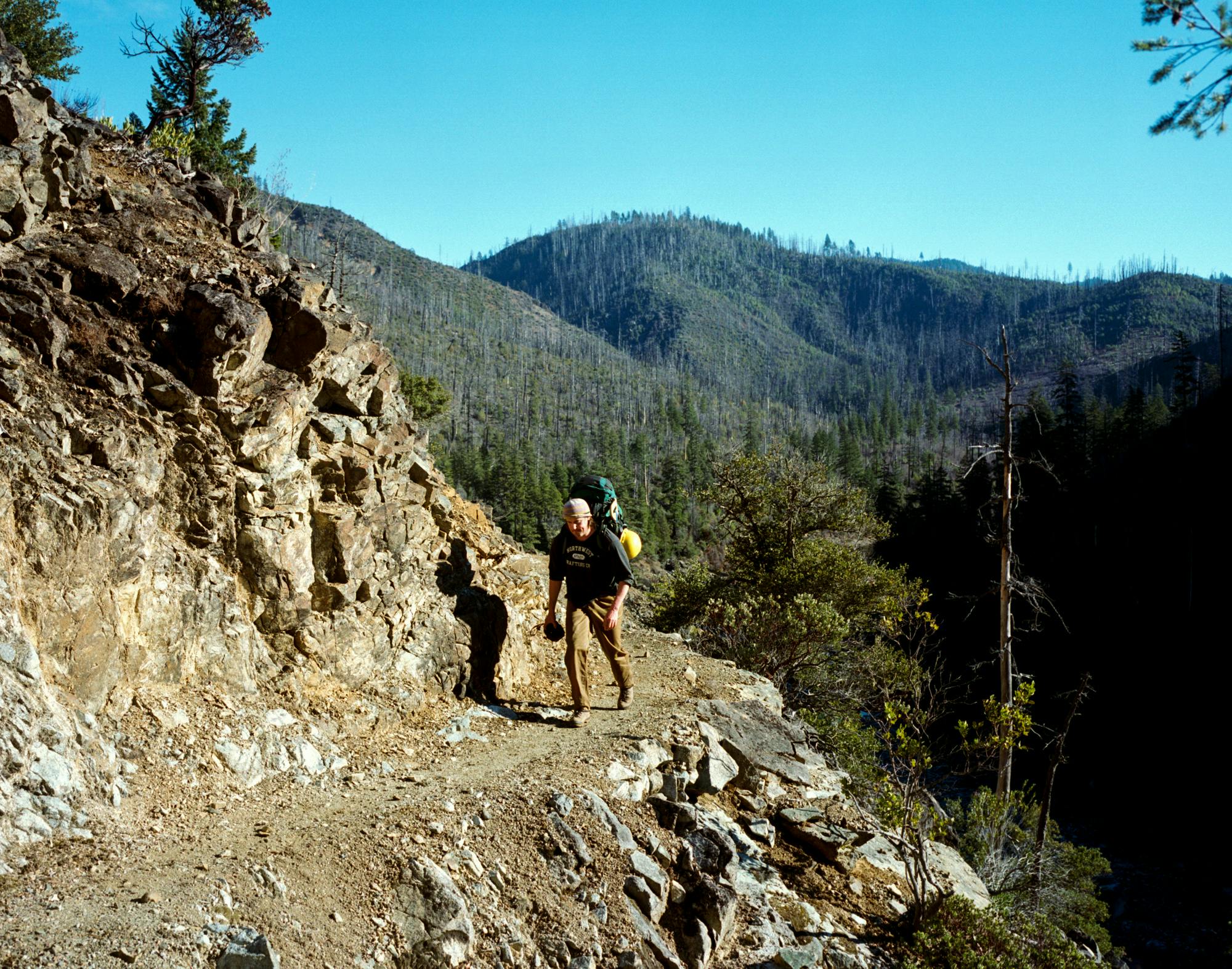

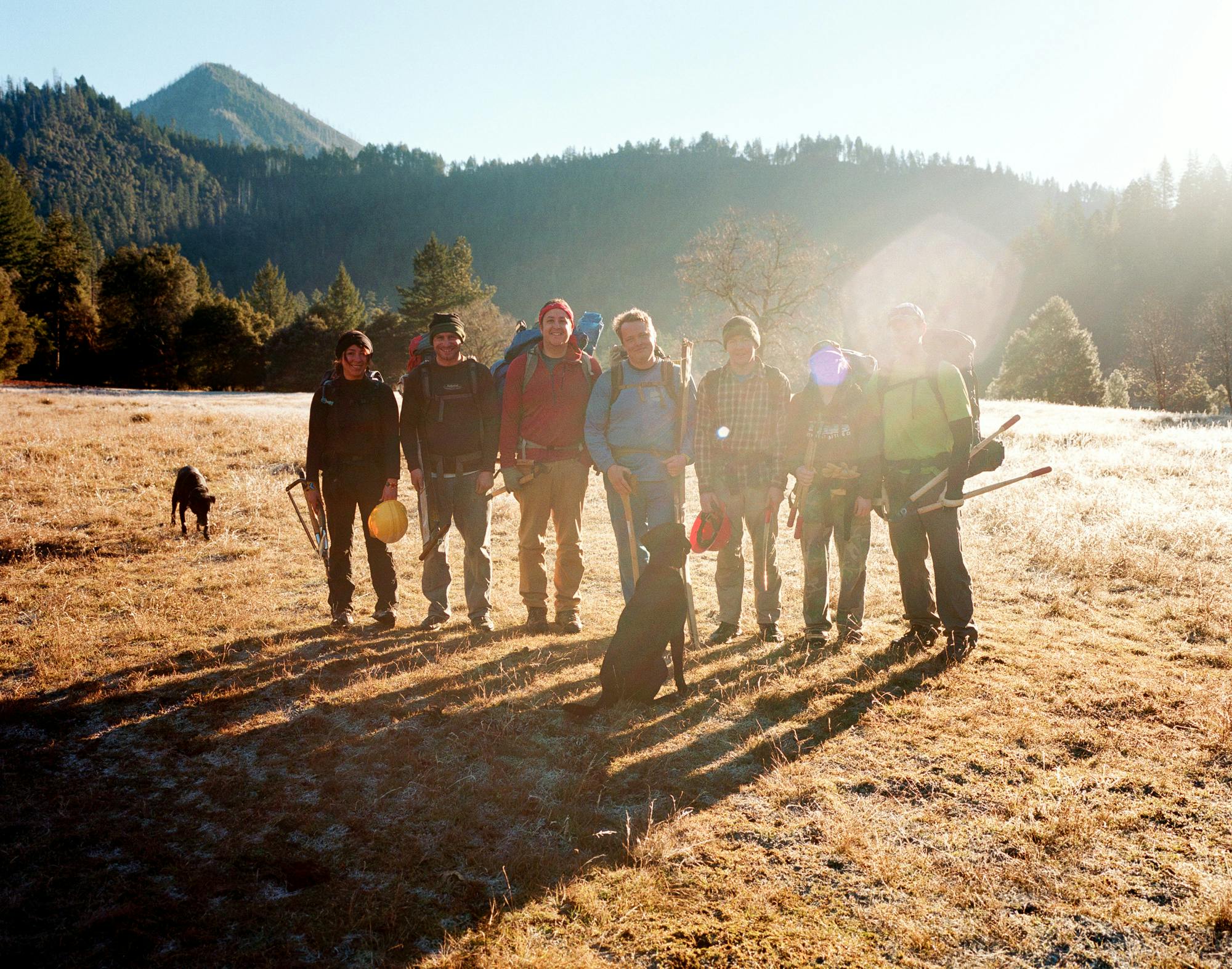
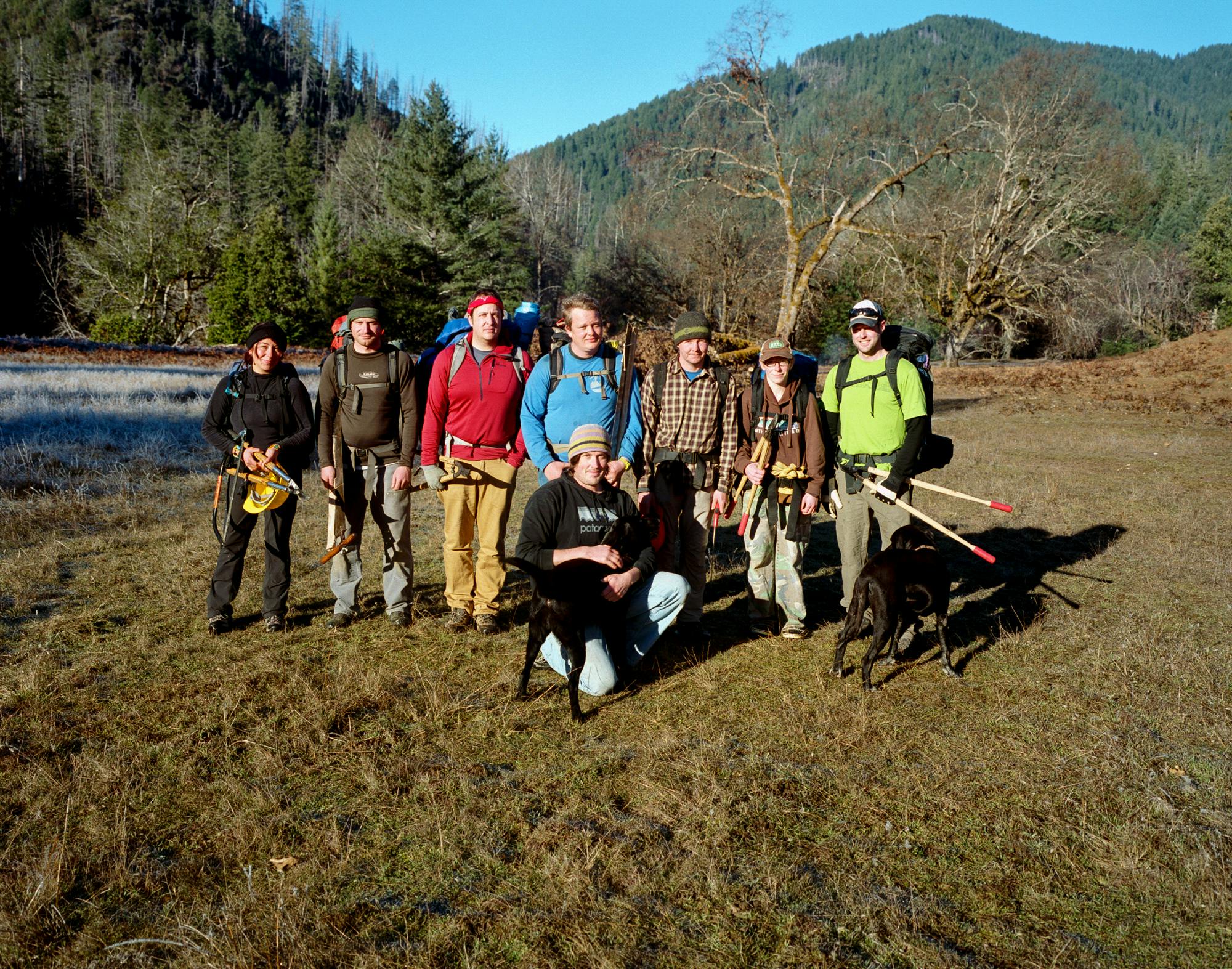



What if i told you there was a savage wilderness filled with unimaginable riches—physical riches, spiritual riches, natural riches, all of the riches—and it’s walking distance from the In-N-Out Burger in Redding, California?
What if I said that it—the Wilderness— was, to this day, semi-virginal and begging, according to some, for subjugation. That it was a rugged, vertigo-inducing land of spectacular scale, angle and color. That in spite of the Louisiana Purchase, Lewis and Clark, Manifest Destiny, the Gold Rush, Kit Carson, Caterpillar, a failure in 1964 to properly designate and therefore protect Bob Marshall’s vision for a whole and permanently viable Wilderness System, and Large Scale Nickel Mine interests, the virtues of this raw and unimaginably inhospitable Wilderness has yet to be properly explored and exploited, by say Capitalism for example. That it’s the only place in the world—according to Science—where Bigfoot is currently living and quite possibly thriving.1 That deep in the heart of the 6-hour long Redneck Middle Earth spanning the distance between Chico and Eugene, a region, or better yet, a semi non-fictional state best defined, culturally speaking, by the half-a-century-old Mythical State of Jefferson secessionist movement; among the lumberjacks, weed operations, coots, packers of crystals & pistols, homesteaders, communes, libertarians, wackjobs, hillbillies, environmentalists and prospectors, in the thick of a vast, primordial and seemingly limitless sea of chiseled mountains, raging rivers and old-growth forest; north of Happy Camp, south of Grants Pass, west of Crescent City, east of Ashland and just beyond the city limits of Cave Junction, there exists a particularly remarkable river-rich, non-religious Garden of Eden/Area called the Kalmiopsis. And what if I told you that; A.) its watersheds are both the source and conduit for a number of the cleanest rivers in the ENTIRE world, that its veins literally course with the purest, most spiritually/physically/emotionally refreshing (and potable!) water in the world; it is a swimming hole, or is it a drinking well?, or is it both!? B.) in regards to it’s Areaness its legally incomplete, inadequate and thusly compromised C.) unless we can convince you to care/contribute/engage, it will never expand, it may fail.
First there was the Big Bang. Then the Paleozoic, Mesozoic and Cenozoic. Then in 1936 Bob Marshall, director of the Forest Service’s Land and Recreation Department (FSLRD), suggested as in proposed something ambitious—the legal and systematic conservation of the few remaining Vast & Wild landscapes in the United States, because it was obvious, at least to him, that they were rapidly disappearing, and because, we can only assume, he thought the situation was a National-sized bummer. To that aim, he carried out an inventory of the largest Roadless Areas in the country, predominantly in the West. Bob imagined a National Wilderness System made of complete wild areas one-million-or-more-acres in size. One of Marshall’s one-million-or-more wild areas was in the rugged Siskiyou/Klamath mountain region of southwest Oregon and northwest California—an area we now call the Kalmiopsis. When Marshall studied the area, he envisioned a great wilderness (again, we’re talking one-million-or-more-acres in size!!!!, a complete wilderness!!!!, which area was—at the time—sitting right there, you know, available and ready to go!!!) encompassing lands from the Rogue River in the North to the Smith River in the South.
Of the original Forest Service Wild Areas proposed by Bob Marshall many were eventually signed into administrative order exactly as specified (one-million-or-more-acres), highlights include: (Side Note: the list below reflects current details in regards to name/size/designation)
- The Frank Church-River of No Return Wilderness Area, which Area now also includes the one-million acre Gospel Hump Wilderness, is over 3.3 million acres in size.
- The Selway Bitterroot Wilderness Area in Montana and Idaho is 1.3 million acres in size.
- The Bob Marshall Wilderness Area in Western Montana is 1 million acres.
- Missing in this list: The Kalmiopsis.
So that sucked and continued to suck until 1946, when 79,000 acres of the Chetco River watershed was administered as a Forest Service Wild Area. But still it pretty much sucked on account of 79,000 acres being too little (less than 1/10th the original proposal!!!!) and too late (roads!!!!—roads bring people, people bring problems, problems like large-scale natural resource extraction and, eventually, Food Courts!!!!!). Then on September 3, 1964 Congress passed and President Lyndon Johnson signed the Wilderness Act. Which Wilderness Act created the legal definition of Wilderness: A wilderness, in contrast with those areas where man and his own works dominate the landscape, is hereby recognized as an area where the earth and its community of life are untrammeled by man, where man himself is a visitor who does not remain,protected 9.1 million acres of federal land, created a formal mechanism for designating wilderness and provided Lyndon Johnson with an opportunity to say,
The Kalmiopsis Wilderness Area was one of the original protected areas from the aforementioned Wilderness Act of 1964. As such, the 79,000 Chetco River Watershed was reduced 3,100 acres to 76,900 acres. Did not see that coming. So, while protections were added, at least as far as the Chetco-cum-Kalmiopsis was concerned, the total Area’age got smaller. Thank you Wilderness Act!, I guess? Bla-bla-bla-bla until 1978 when President Jimmy Carter—thank you Peanut Farmer—signed the Endangered American Wilderness Act into law, and the Kalmiopsis was expanded (for reals this time) to 179,000 acres.
Okay, so now, as in today, sometime in the spring of 2014, The Kalmiopsis Wilderness Area is still less than 1/5 it’s proposed size and in regards to Bob Marshall’s original one-million acre ask, only 194,000 acres of unprotected Inventoried Roadless Areas are left. Everything else is;
- Disconnected as in not contiguous with the existing Kalmiopsis Area, adrift like Polar Bears in the Arctic. A few hundred acres in someone’s backyard, good for hunting and 4-wheeling and shootin shit and gold panning and various rural whatnot.
- Fucked-up, perverted, ruined, tampered with, residentialized, commercialized, hooked on drugs, sold, burned, shackled, indentured, buggered, soiled, dead, lost, gross or gone. Listen, bottom line, for whatever reason it’s land that is no longer Wilderness Area material. Let’s leave it at that. Let’s focus on that 194,000 acres of “Roadless” situation.
That 194,000 acres of Roadless is ours. We want that. We need that. Here’s why; that land is—like I was saying— the source and conduit for a number of the cleanest rivers in the entire world, for example what about these five rivers all of which are eligible for Wild and Scenic designation; Rough and Ready Creek, Canyon Creek, Silver Creek, Indigo Creek, Baldface Creek. And because the water in that 194K is the purest, most spiritually/physically/emotionally refreshing water ever created. We’re talking about a really big, really primordial water fountain here. We’re talking about the Holy Grail and the Fountain of Youth basically rolled into one and tossed into a gorgeous ravine. There are other reasons too, biodiversity, more types of trees than god, unique soil, etc., but seriously, this is the one, this is the reason you care, you care because the most precious water in the world is literally under your feet.
So alls we have to do is protect the Kalmiopsis Wilderness Area, or mine it and permanently destroy it. Mining and roads and disease and all that is easy, it’s all already happening, we got that, that’s no sweat. But protection would require designating the 194,000 acres of inventoried Roadless, currently available, currently connected to the Kal anyway, and combining it with the existing Kal. That’s harder. That takes paperwork. And consensus. And democracy. To be honest, we don’t even know What it takes. We’re just in the What & Why business. This is just about What & Why. For how, start here.
